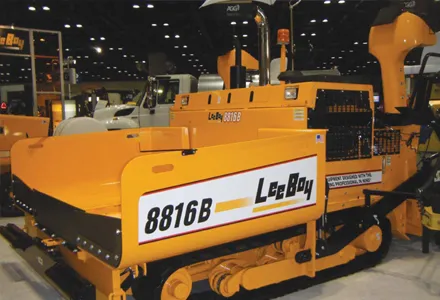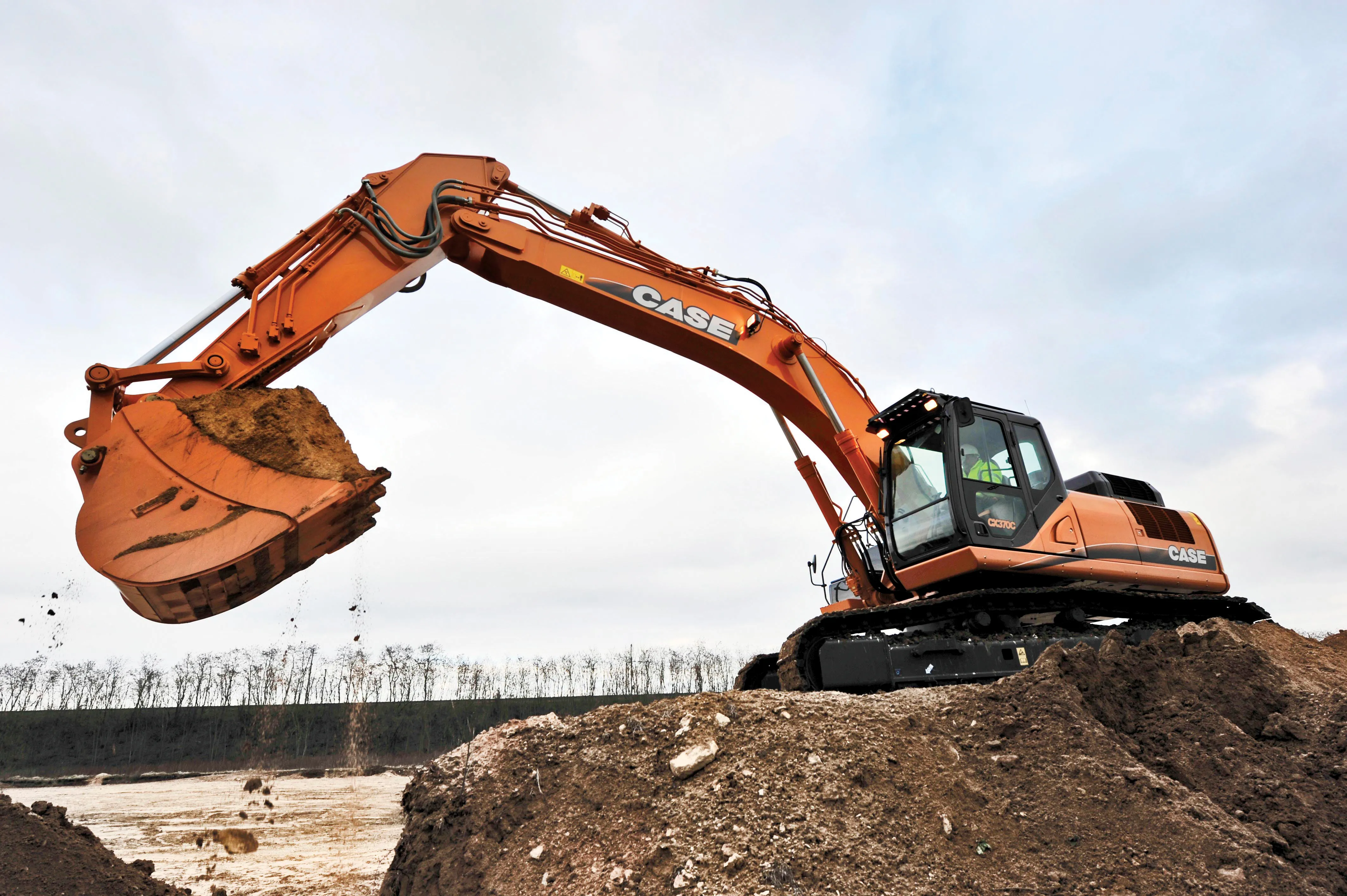
A number of key manufacturers are offering major improvements to their product offerings for loading and excavating. Key developments have been seen in engines and transmissions in particular, with vast reductions in emissions as well as improved fuel economy and working efficiency.
But the machine’s efficiency gain is substantial, with fuel savings of at least 25%. He added, “And testing shows we have under-estimated that fuel saving. “
He explained that much of this improvement is achieved by the new CVT system as well as removing the need for a torque converter as the latter component reduces overall efficiency. Computer control also integrates engine speed, transmission ratio and hydraulic load to the operating speed and application more efficiently. This allows engine speed to be set independently of travel speed, while the machine also recovers energy from braking, further assisting operating performance and efficiency. Caterpillar is reluctant to reveal the cost of the CVT-equipped machine but Brasseur said that the 966K XE will provide a return on investment within 2-3 years compared with a standard machine and depending on the type of working cycle.
Although the system is highly sophisticated, Brasseur explained that the CVT system simplifies the drivetrain and also simplifies the operation of the loader, while making it more responsive to drive. He said, “The machine gives an instantaneous response to control, but has the same rimpull and hydraulic force as a standard machine. The virtual gear allows the operator to set the maximum speed for example. The CVT also means it is impossible to stall the machine.”
Moving slightly down the size scale,
Power comes from a Tier 4 Interim/Stage IIIB compliant
The improvements can also be seen in the cab, which has a 17% increase in glass area and ergonomic controls as well as a colour monitor providing data on key machine operating parameters. Other features include a hydraulically driven reversible fan, optional joysticks with additional control functions and a road use kit.
For the excavator market fellow Korean company
further reducing losses within the system.
The DX340LC-3 weighs from 34.9-35.8tonnes depending on the specification, with buckets available from 1.25–1.83m3 and a 202kW Doosan DL08K diesel. Meanwhile the DX380LC-3 has buckets from 1.25–1.83m3, weighs from 39.2–40.2tonnes and is powered by a 213kW version of the Doosan DL08K diesel.
The 48tonne DX480LCA and 51tonne DX520LCA are aimed at markets with Tier 2 emission requirements such as in the Middle East and Africa. These replace the earlier SOLAR models and the DX480LCA offers extra reach and stability, while the DX520LCA is a mass excavation machine fitted with an extra heavy counterweight and a short front end to deliver more breakout force. Both excavators are powered by the six-cylinder Doosan DE12TIS diesel that is Tier 2 compliant and develops 238kW at 2000rpm. Both machines deliver a tractive effort of 37.6tonnes and share a common design that is said to be suited to the needs of the Middle East and African markets, combining robustness with various technical improvements. The operating weight of the new DX480LCA excavator varies from 48.4-50.2tonnes, depending on the configuration while the DX520LCA varies from 51.1-52.9tonnes.
The colour display in the cab provides key performance data and the cab itself has been improved, with more space for the operator as well as a new seat and joystick controls. As an option, the DX520LCA excavator is available in a super long reach version (SLR) offering a reach of close to 20m, which suits drainage duties or for levelling work.
Atlas deal









